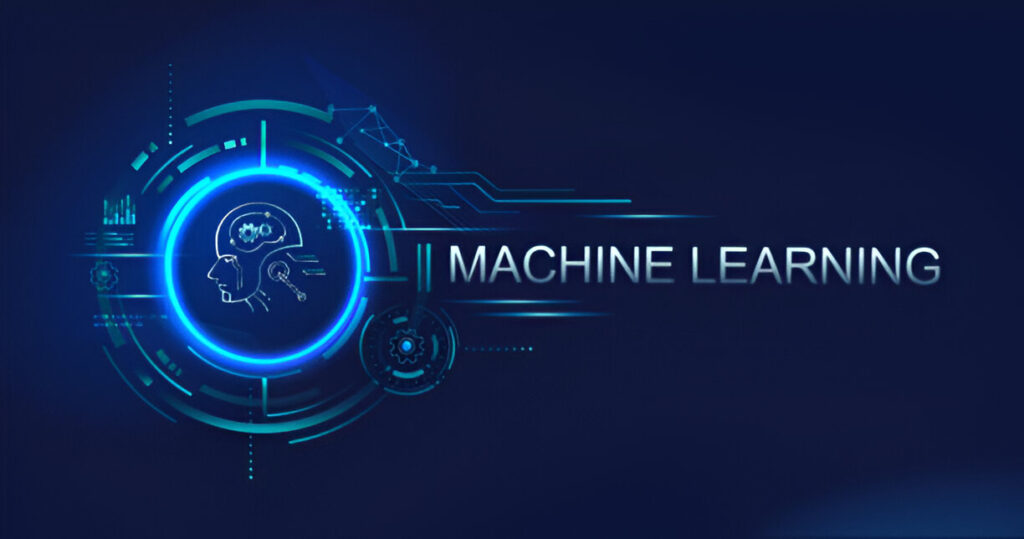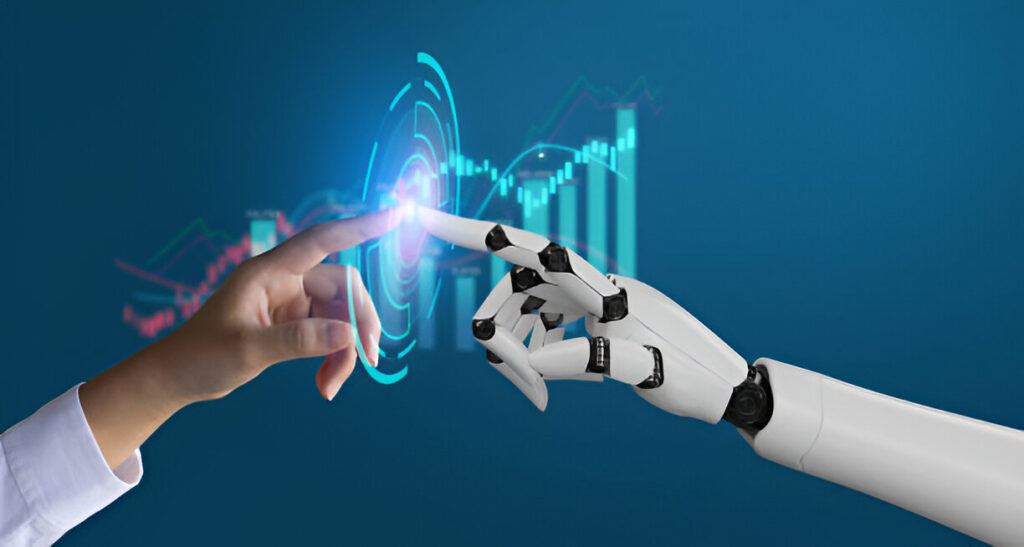Unveiling the Power of AI: A Look at Machine Learning vs Deep Learning
Imagine a world where computers can learn and adapt without explicit programming. That’s the realm of Artificial Intelligence (AI), a rapidly evolving field that’s transforming our world. Within this exciting landscape, two powerful techniques have emerged: machine learning and deep learning. But what exactly sets them apart? Fear not, curious reader! This guide will be your decoder ring, untangling the mysteries of machine learning vs deep learning algorithms.
Let’s start with the big picture. AI is a broad term encompassing any intelligent behavior exhibited by machines. Machine learning (ML) and deep learning (DL) are subsets of AI, but they take different approaches to achieving that intelligence. Think of them as specialized tools within the AI toolbox. Machine learning algorithms learn from data, uncovering patterns and trends to make predictions or decisions. Imagine a spam filter that analyzes your emails, identifying patterns in spam messages to keep your inbox squeaky clean. That’s the power of machine learning in action!
Delving Deeper: Unveiling the Functionality of Machine Learning
So, how does this magic trick happen? Machine learning algorithms are trained on data sets. The data acts as a teacher, feeding the algorithm with examples. The algorithm then analyzes these examples, searching for hidden patterns and relationships. Over time, it becomes adept at recognizing these patterns and using them to make predictions on new, unseen data.

There are different flavors of machine learning algorithms, each with its own strengths. Some popular ones include linear regression, which excels at finding relationships between variables (think: predicting house prices based on size and location), and decision trees, which work by asking a series of yes-or-no questions to classify data (like figuring out if an email is spam based on keywords).
An important concept in machine learning is the idea of features. These are the characteristics of the data that the algorithm learns from. For instance, when predicting house prices, features might include square footage, number of bedrooms, and neighborhood. The quality of these features significantly impacts the performance of the algorithm. This is where feature engineering comes in – the art of selecting and preparing the most relevant features for the task at hand. It’s like picking the perfect ingredients for a delicious recipe!
The Power of Layers: Unveiling the Functionality of Deep Learning
Now, buckle up as we delve into the fascinating world of deep learning. Deep learning algorithms are a special type of machine learning inspired by the structure and function of the human brain. Here’s the key difference: while traditional machine learning algorithms rely on more explicit programming, deep learning leverages artificial neural networks (ANNs) – complex architectures loosely mimicking the human brain’s interconnected neurons.

Imagine a web of interconnected nodes, each passing information to its neighbors. These nodes are stacked in layers, creating a deep learning model. As data flows through these layers, the model learns to extract increasingly intricate features from the data. This layered approach allows deep learning to tackle highly complex tasks that would stump traditional machine learning algorithms.
Training a deep learning model involves a process called backpropagation. Think of it as fine-tuning the connections between those neural network nodes. The model makes predictions, compares them to the actual outcome, and adjusts its internal connections to minimize errors. With enough training data and processing power, deep learning models can become remarkably adept at tasks like image recognition, where they can identify objects in pictures with superhuman accuracy.
Choosing the Right Tool: Applications of Machine Learning vs Deep Learning
Now that you’ve got a grasp of both machine learning and deep learning, the million-dollar question arises: which one should you choose? Well, there’s no one-size-fits-all answer. It depends on the specific problem you’re trying to solve and the resources at your disposal.

Machine learning shines when dealing with smaller datasets and well-defined problems. Remember our spam filter example? That’s a classic case of supervised learning, a common type of machine learning where the algorithm is trained on labeled data (emails identified as spam or not spam). This allows the algorithm to learn the distinct features of spam emails and apply that knowledge to filter your inbox effectively. Similarly, recommendation systems on online shopping platforms or fraud detection in financial transactions often leverage machine learning algorithms due to their efficiency with smaller datasets and clear patterns.
Deep learning, on the other hand, thrives on massive amounts of data. Think of the challenge of self-driving cars – these vehicles need to process a constant stream of information from cameras, sensors, and LiDAR (Light Detection and Ranging) systems to navigate complex environments safely. The sheer volume and complexity of this data make deep learning a perfect choice. Deep learning also excels in tasks like image recognition (think of tagging your friends in photos on social media) and natural language processing (imagine chatbots that can understand your questions and respond accordingly).
Here’s a crucial factor to consider: data size. If you’re working with a limited dataset, machine learning might be the more practical option. However, if you have a treasure trove of data and the computational resources to handle it, deep learning might unlock hidden insights and solve problems that were previously unimaginable.
Beyond the Basics: Key Considerations When Comparing Machine Learning and Deep Learning
While data size is a key consideration, it’s not the only factor to weigh when choosing between machine learning and deep learning. Here are some additional aspects to ponder:
- Problem Complexity: Some problems are inherently more intricate. Deep learning’s layered architecture allows it to tackle highly complex tasks where traditional machine learning algorithms might struggle.
- Interpretability: In certain situations, understanding how a model arrives at its decision is crucial. Machine learning models tend to be more interpretable, offering insights into the reasoning behind their predictions. Deep learning models, on the other hand, can be “black boxes,” making it difficult to understand their decision-making process.
- Computational Resources: Deep learning models often require significant computational power for training. This can involve powerful GPUs (Graphics Processing Units) that can handle the complex calculations involved. Machine learning models, on the other hand, can often be trained on standard computer hardware.
Interpretability: Understanding How Machine Learning Makes Decisions
Let’s delve a bit deeper into interpretability. Imagine you’re using a machine learning model to assess loan applications. Understanding why a particular loan was denied can be vital. Machine learning models often provide a clearer picture of the factors influencing their decisions. This transparency can be crucial in situations where explainability is essential.

Processing Power: The Need for Serious Hardware for Deep Learning
Deep learning’s strength lies in its complex architecture, but that complexity comes at a cost. Training these models requires significant computational muscle. This is where GPUs (Graphics Processing Units) come into play. GPUs excel at handling the parallel processing tasks involved in deep learning, significantly accelerating the training process. Think of them as supercharged engines for your deep learning projects!
The Future of AI: The Continued Evolution of Machine Learning and Deep Learning
The future of AI is brimming with excitement. Both machine learning and deep learning are undergoing rapid advancements. Machine learning algorithms are constantly being optimized for efficiency and interpretability. Deep learning is pushing the boundaries of what’s possible, enabling breakthroughs in areas like computer vision and natural language processing. As these fields continue to evolve, we can expect even more groundbreaking applications that will revolutionize various aspects of our lives.
FAQs: Frequently Asked Questions on Machine Learning vs Deep Learning
Q: What is the difference between machine learning and deep learning?
Machine learning and deep learning are both powerful tools within the AI toolbox, but they have distinct approaches. Traditional machine learning algorithms rely on explicit programming and learn from data to identify patterns and make predictions. Deep learning, on the other hand, leverages artificial neural networks with complex, layered architectures inspired by the human brain. These layers allow deep learning to tackle highly intricate tasks that might stump traditional machine learning.
Q: Which is better, machine learning or deep learning?
There’s no single “better” option. The choice depends on the specific problem you’re trying to solve and the resources at your disposal. Machine learning shines with smaller datasets and well-defined problems, while deep learning flourishes with massive data volumes and complex tasks.
Q: Can I learn machine learning and deep learning?
Absolutely! There are numerous online resources and courses available. A strong foundation in data science fundamentals is crucial for both fields. With dedication and effort, you can unlock the potential of these exciting AI techniques!











